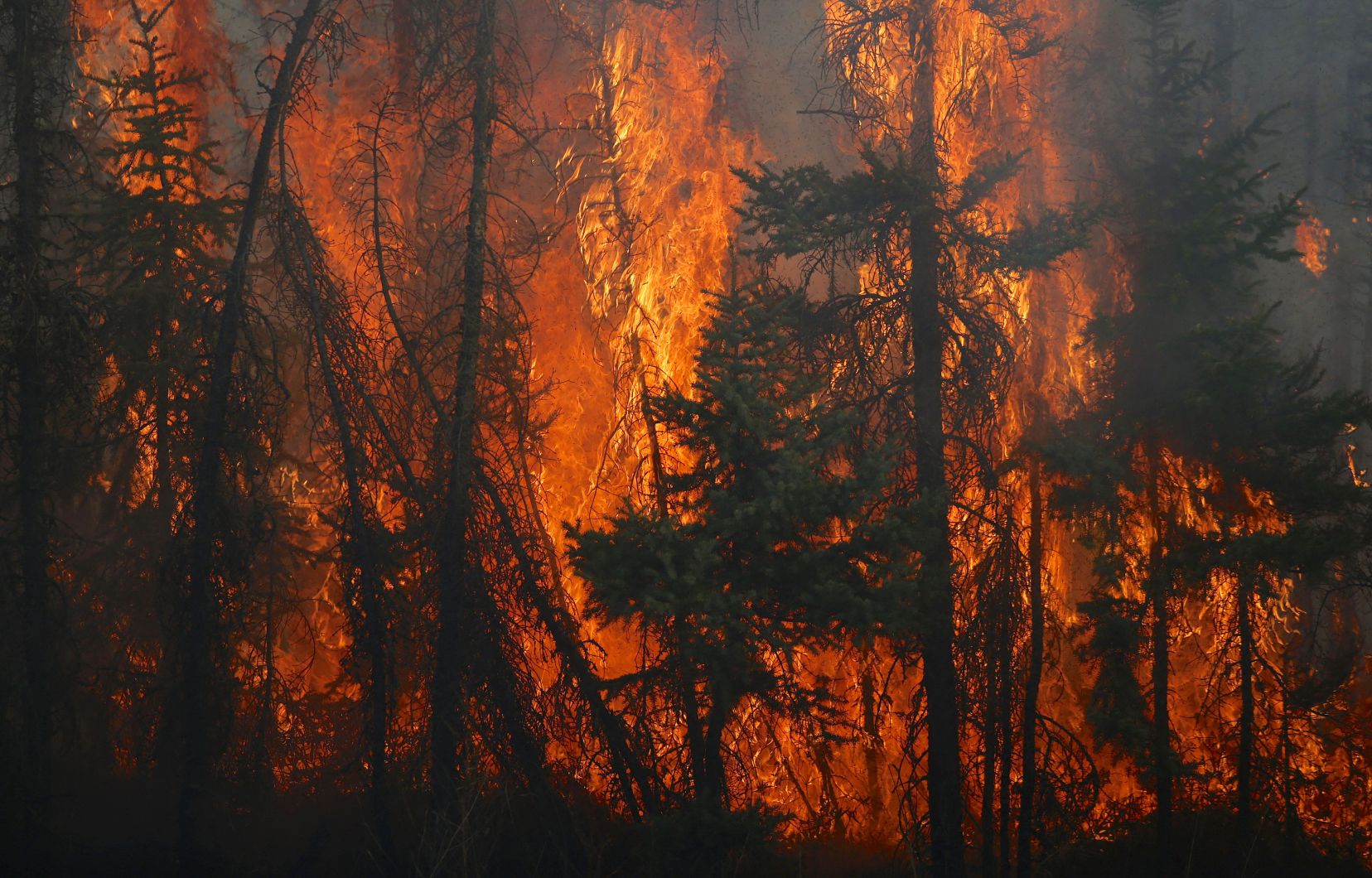If Canada is to do its fair share in combating the global climate crisis, it must consider that its remaining “carbon budget” by 2050 is already nearly exhausted, according to a report released Thursday by a panel of experts commissioned by Ottawa to advise federal Environment Minister Steven Guilbeault. Reductions in greenhouse gas emissions must therefore accelerate “sharply” to avoid failure.
“We have burned a good part of our fair share of carbon,” he sums up Duty the co-chair of the Carbon Neutrality Advisory Group (CNAG), Sarah Houde, discussing the findings of the report entitled Climate Results: Canada’s Carbon Budget and 2035 Target.
In this document, the GCPC therefore recommends that the federal government develop a “national carbon budget”, a tool advocated by several scientists and which would make it possible to quantify the total greenhouse gas (GHG) emissions that Canada “should not exceed until it reaches carbon neutrality”, that is, by 2050.
Carbon budgets are also used by other countries “to better monitor the impact of climate policy decisions and the consequences of a delay in action,” recalls the GCPC.
Canada’s “fair share”
According to calculations by independent experts commissioned by Ottawa, this budget should not exceed, at worst, 11 billion tonnes of greenhouse gases. This is equivalent to 15 years of Canadian emissions, based on the 2022 level, or 708 million tonnes.
But that number doesn’t tell the whole story, as the GCPC is also urging the federal government to take into account the country’s “excess emissions.” These represent GHG emissions that should be “accounted for” so that Canada, a wealthy country and a major historical emitter of greenhouse gases, “contributes fairly to global efforts to meet the Paris Agreement.”
This principle of equity in the fight against the climate disaster that threatens humanity is in fact enshrined in Article 2 of the Paris Agreement. This recognizes the “principle of common but differentiated responsibilities and respective capabilities, taking into account different national situations.”
Taking into account “very conservative estimates”, these excess emissions reach at least 8.4 billion tonnes by 2050, according to the experts’ calculations, taking into account the objective of limiting global climate change to 1.5°C, compared to the pre-industrial era.
If we therefore remove these 8.4 billion tonnes from the 11 billion tonnes of the “national budget”, there would remain, at best, 2.6 billion tonnes to emit by 2050. This is equivalent to less than four years of emissions, at the 2022 level. At this rate, Canada should therefore become carbon neutral before 2030.
The country, a major producer of fossil fuels that fuel global warming, is still far from the mark, even when only accounting for national emissions. These reached 702 million tonnes in 2023, according to an assessment by the Climate Institute of Canada. And while the reduction target for 2030 is to reduce them by at least 40% compared to 2005, this reduction currently does not exceed 8%.
A very short-term carbon neutrality target is therefore “not achievable,” acknowledges the group responsible for advising Minister Guilbeault. But the federal government should now begin thinking about how to respond to the crucial issue of “fairness” in the international fight against the climate crisis, insists Sarah Houde.
She also emphasizes that the estimates included in the report published this Thursday represent a “balanced approach” based on scientific data. “We didn’t want to discourage people, because it can be discouraging to read. Our message is clear: we can find ways to tackle greenhouse gas emissions. It’s not only a burden, it’s also an economic opportunity that will allow us to transform our economy, but also improve our quality of life,” she argues.
“Energetic measures”
In the short term, adds Sarah Houde in light of the report’s findings, “more energetic and sustained measures are necessary to achieve our emissions target for 2030 and to move to a carbon-neutral trajectory in the long term.” The document also states bluntly that “the pace of reduction” of GHGs “must accelerate sharply.”
To achieve this, Mme Houde insists on the need to maintain all climate policies already in place, including carbon pricing, a flagship federal measure that the Conservative Party of Canada has promised to abolish if it wins the next election. “We don’t have the luxury of withdrawing measures,” says the co-chair of the GCPC.
But several other measures must be implemented quickly, including the Clean Electricity Regulations, which aim to decarbonize electricity production across Canada. The expert group also emphasizes the need to force the oil and gas sector to reduce its emissions, which represents the heavyweight in the national GHG balance (31% of the total in 2022). This includes more stringent measures to reduce emissions of methane, a powerful greenhouse gas. Its warming potential is more than 80 times greater over 20 years than that of CO2.
To address Canadian emissions and “excess emissions,” the report also argues for the need to “remove” carbon from the atmosphere using capture and storage technology, but also by focusing more than ever on protecting the natural environments that capture this pollution, which is mainly attributable to our dependence on fossil fuels.me Houde cites as an example the preservation of forests, which are more than ever suffering the repercussions of global warming, but also of wetlands. However, these ecosystems are suffering declines throughout the country.
